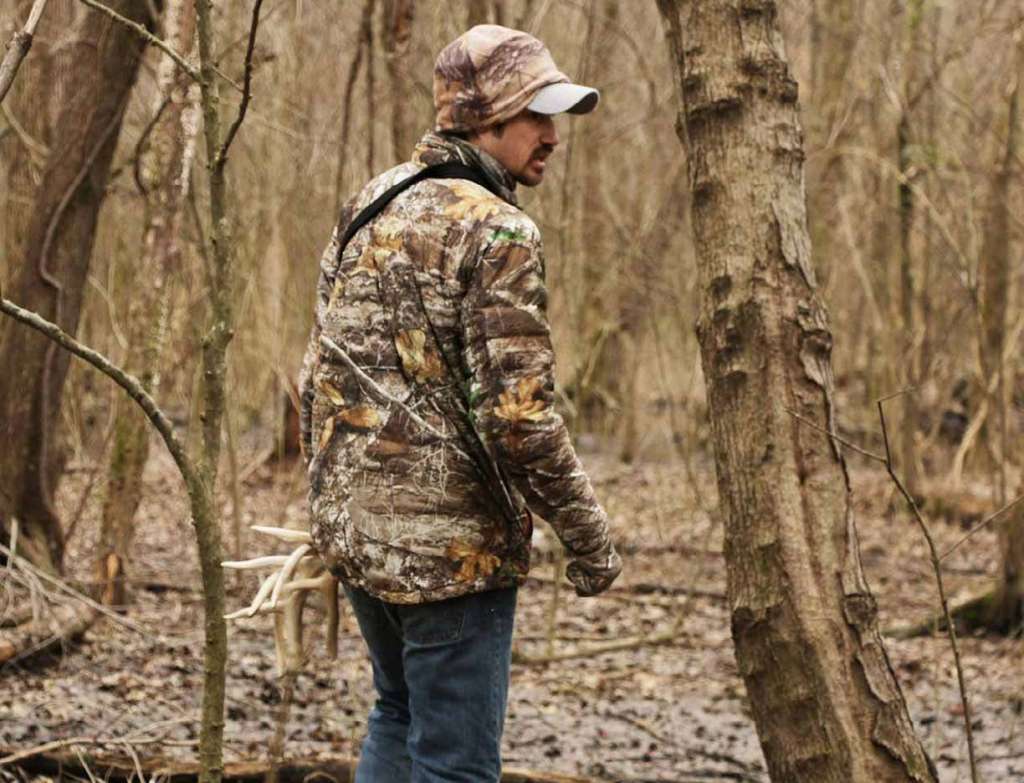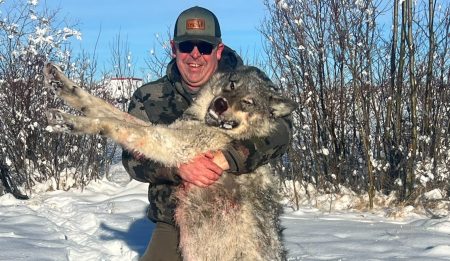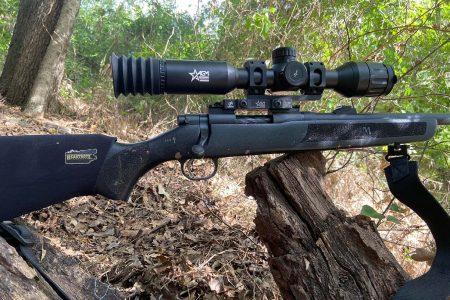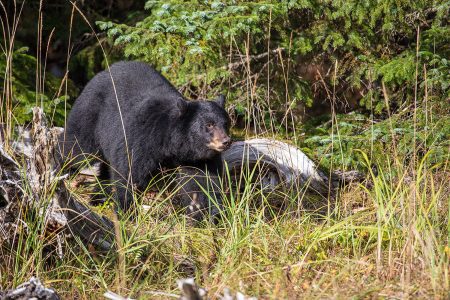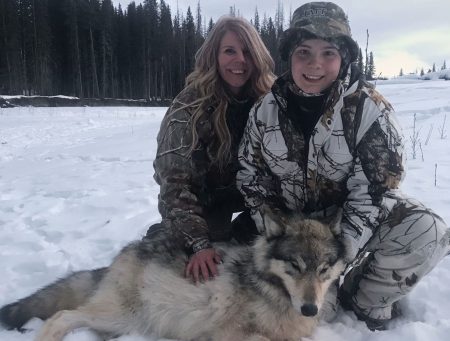Your AIl-Inclusive Guide to Off-Season Scouting and Preparation
In hunting, there’s much to be done during the off- season. It’s all in the pursuit of maximizing your success next season. Each task is for a purpose. That said, except for seasonal jobs, such as well-timed food plots and glassing velvet, don’t wait to do something that can be done now. Get as much work as possible done during the off-season. The following list recommends some of those tasks.
REFLECT ON OBSERVATIONS
Now is the time to reflect on deer season. Think about everything that transpired. Consider each trip afield.
Make notes. Observe and reflect. Learn. Also, study trail camera photos, post-season scouting, and more. All of these activities should produce results that culminate in a cohesive off-season work plan.
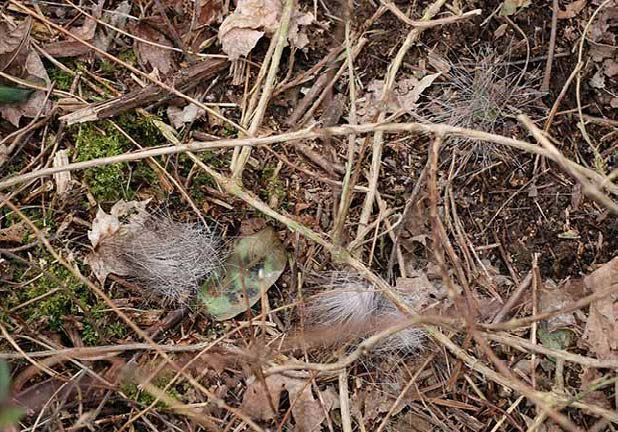
THINK MISSED OPPORTUNITIES
You likely had some screwups during the season.
While some improve with success, most of us learn best through our failures. Determine why a failure happened. Think about how to prevent it next time.
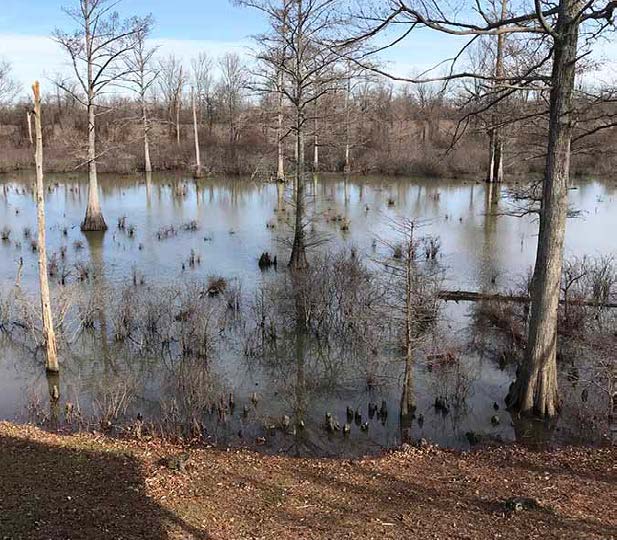
RE-LEARN THE LAND
I like to get out and walk properties I plan to hunt the next season. You wouldn’t believe the things I learn. That includes showing land lays and how deer use them each year, even on properties I’ve hunted for several seasons.
LOOK FOR DEER SIGN
Walk properties you plan to hunt next fall. Look for tracks, rubs, scrapes, beds, trails, and so on. These things and more will help show you where deer spent their time during deer season.
PINPOINT BUCK BEDS
The Number One requirement for a deer is good bedding cover. Whitetails will travel miles under cover of darkness to find food, but they need to feel safe where they spend daylight hours. You must be close enough to these areas to see them during legal hunting hours. Check out cedar thickets, CRP fields, leeward ridges, swamp islands, ridge points, thick cover and other places bucks might want to be.

LOCATE WATER SOURCES
Bucks, and deer in general, typically go to water before food when they rise from their evening beds. They also tend to bed close to water sources and drink during the day, too. Water plays a role in your stand location selection.
FIND FOOD SOURCES
Another great way to spot deer is to find food sources. Grub is obviously important.
Find the food, find the deer. Scout around ag fields, browse, food plots, hard mast, soft mast, forbs, etc.
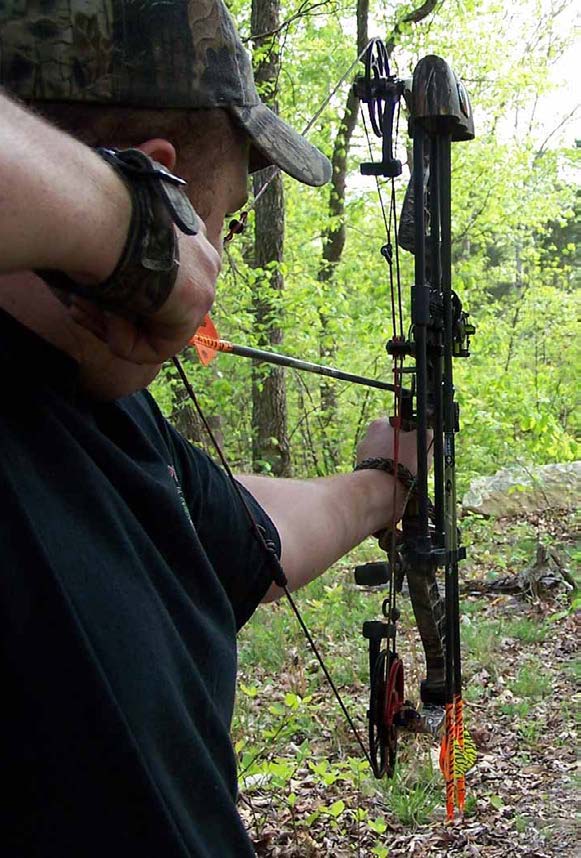
CHART IT ALL
Charting travel routes, bedding areas, food sources, watering holes, and other land features on aerial maps can paint a picture of how deer use the land. I’ve learned this from experience. Doing so can truly change how you hunt certain properties.
SHED HUNT
Shed hunting can achieve several things. First, it confirms bucks are still alive. Second, it shows where they like to spend the late season. And third, if found in a bedding area, shed shows where they spend daylight hours. That’s valuable information.

PULL TRAIL CAMS OUT
Deer season is over, and sheds are on the ground. It’s time to pull trail cameras. Go through remaining photos on the cards and learn what you can, especially from cameras that went unchecked all season long.
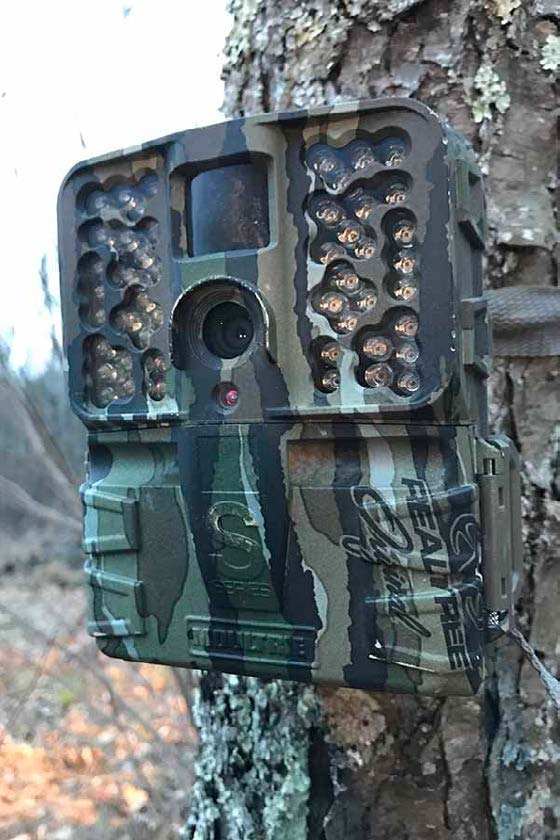
STUDY LIVING TARGET BUCKS
Running cameras from summer to late winter helps reveal bucks on the landscape, and even some of those that made it through deer season. Place each potential target deer that you know (or at least think) is still alive on the target buck list. Then, study all the daylight photos and encounters. They bed in areas for specific reasons and under specific conditions. Study the weather and wind conditions for the times they appeared in each spot during daylight.
CLEAN UP CAMERAS
I deploy 40-50 trail cameras each year. Generally, five to seven mess up by the end of the season. If they can be repaired, I fix them. If not, I replace them. The remaining cameras are cleaned up and put in storage until later this summer when they are re-deployed.
DETERMINE HIGH-PRESSURE AREAS
I share permission on both the private and public lands that I hunt. So, I scout the land in search of sign from other hunters, too. Look for treestands, boot tracks, or remains from kills. Make note of these locations so you know where to expect potential hunting pressure next season.
MAINTAIN TREESTANDS
Old or damaged treestands aren’t safe. Maintaining treestands is important. Take them down during the off-season and make routine repairs, or if beyond repair, replace them completely. Don’t re-hang damaged ones.

HANG NEW STANDS IN LIKELY HOTSPOTS
During the off-season, I tend to hang stands in spots that I think have high odds of being great stand locations. Benches, funnels, heavy trails, pinch points, and saddles are just a few places to begin with.
CUT SHOOTING LANES
The off-season is the best time to trim shooting lanes.
The leaves are off. Except for limb growth, you can still see what shooting lanes will be like next fall when the leaves drop again.
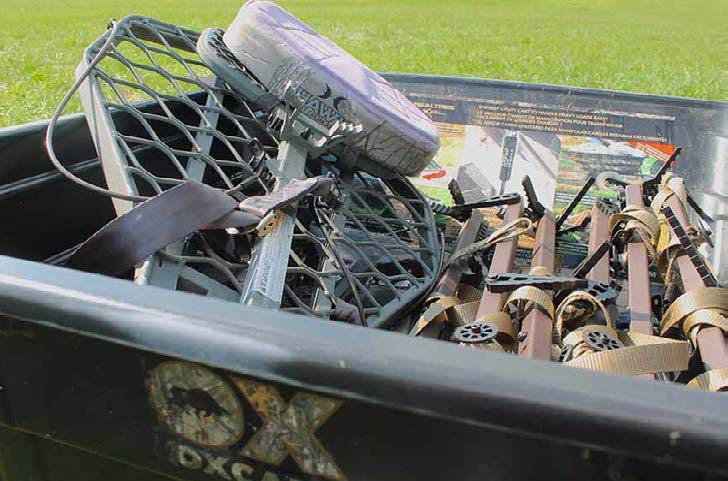
PREP FOR SPRING FOOD PLOTS
It’s time to prepare equipment, design food plots, buy fertilizer, and purchase seed. Planning sets things off on the right foot.
REFRESH MINERAL SITES
Mineral is important. We don’t really know how much these directly improve antler growth. But we do know minerals help balance certain chemical and physiological aspects of a Whitetail’s body. This indirectly has the potential to increase antler growth by improving overall health. Feeding minerals in the late winter and early spring is especially important because deer are transitioning from woody browse to green food sources high in water content. This significant change in food impacts digestion, which can be balanced via minerals.
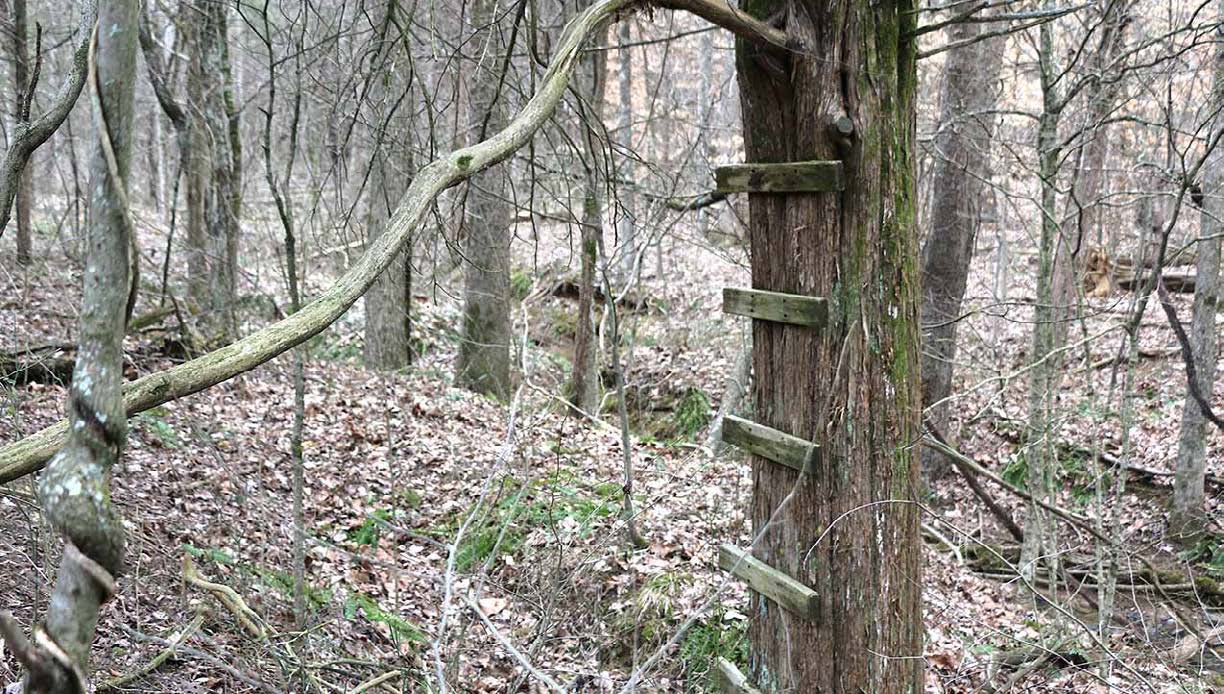
RESEARCH GOOD HABITAT PROGRAMS
Habitat programs directly or indirectly benefit wildlife. If you own land and aren’t implementing habitat programs that could benefit wildlife, and maybe even pay you money to do so, consider it. CRP and WRP are but two examples.
REMOVE UNDESIRABLE TREES
Not all trees are great for wildlife, deer included.
Wintertime is the perfect window to remove undesirable tree species. But when you do, either log them to make some money off it. Or hinge-cut trees so deer will utilize these as bedding cover. Creating bedding cover where there isn’t any can be achieved if you have mature timber that can be converted.
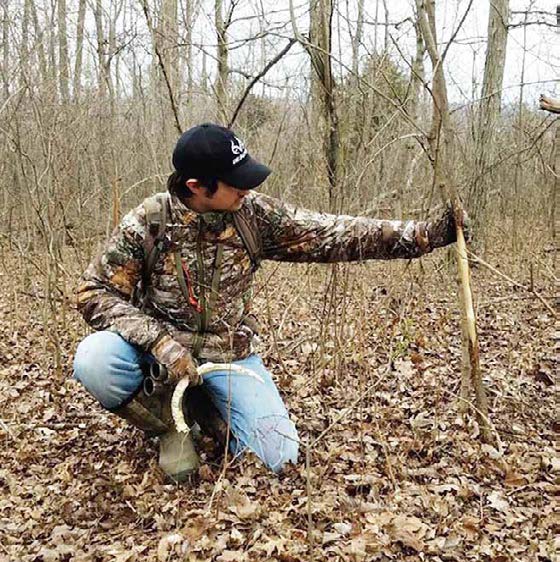
traversing the property during the pre-rut and early rut.
CONTROL PREDATOR POPULATIONS
Coyotes and other predators impact deer throughout the country. Coyotes now inhabit areas where they aren’t native, and impact deer herds that didn’t deal with coyotes historically. Fawn recruitment rates (and older age classes) are suffering because of it.
FIND NEW HUNTING SPOTS
Never stop looking for new places to hunt. If you already have several places, don’t get too comfortable, especially if it’s private land by permission. It’s easy to lose access. Continue looking for quality ground to hunt, even if you don’t need it. Someday, you might.
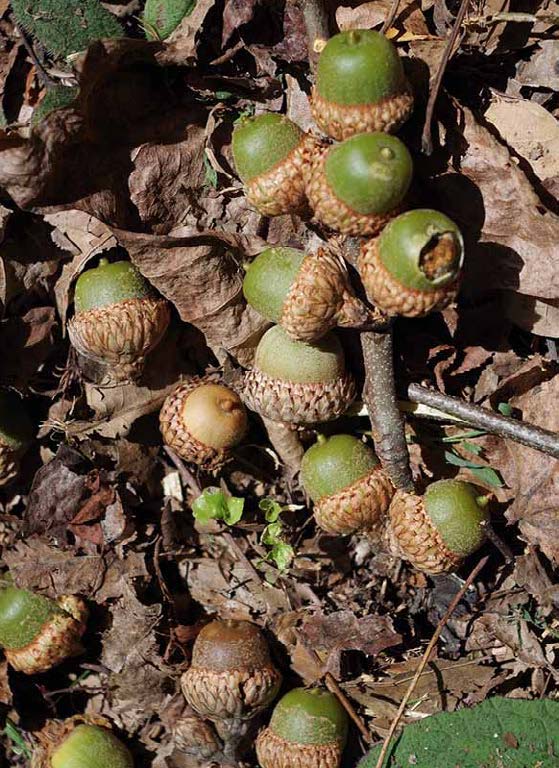
SCOUT SOME NEW PUBLIC GROUND
During the winter, I try to scout at least one new piece of public land. Generally, it’s out of state. I try to improve my non-resident success by doing this. Not all public lands are created equally.
DISCOVER HARD-TO-REACH LOCATIONS
The harder a piece of public land is for hunters to access, the more I want to hunt it. Why? I’m willing to do what it takes to reach those areas few hunters get to.
Sometimes, that might mean a mile-long hike (or more). Other times, it might require water access. Regardless, these are the places I want to hunt.
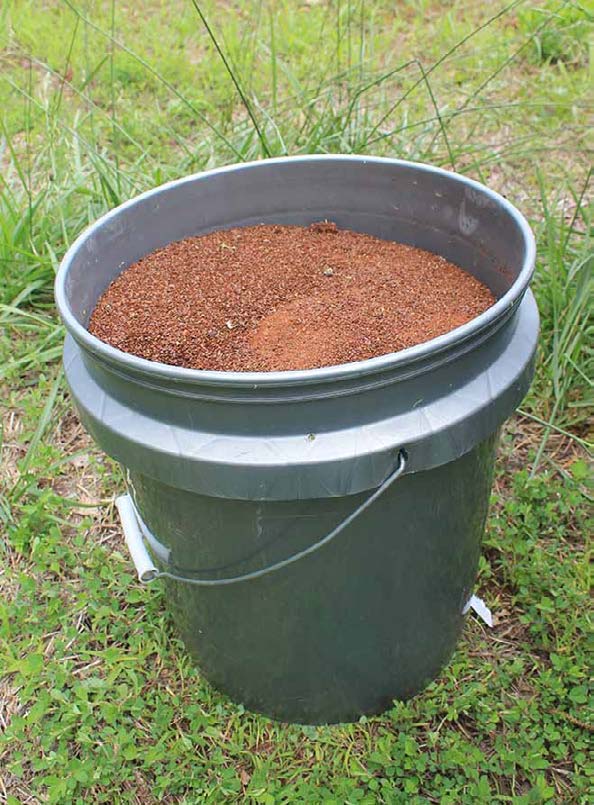
HONE YOUR GEAR AND SKILLS
Are you a bowhunter? Make equipment changes now. Have bow strings changed. Use lifelike 3D archery targets. Compete in 3D archery tournaments. Improve your shooting form. Practice different shooting positions. Shoot from greater distances. Implement fun drills.
Exercise. These things and more will make you a better archer come next season.
BUY GEAR ON SALE
The worst time to buy gear is right before hunting season. That is when prices are the highest. So, buy gear right after deer season ends and things are oftentimes on sale or clearance, especially older models.
SET FUTURE GOALS
Don’t get lazy. Don’t settle. Set goals for the coming season and meet them head-on. Tackle the challenges and improve yourself.
Per our affiliate disclosure, we may earn revenue from the products available on this page. To learn more about how we test gear, click here.






